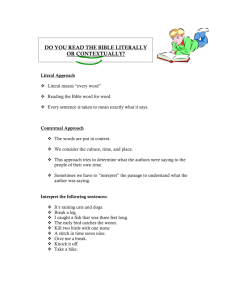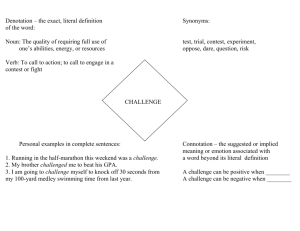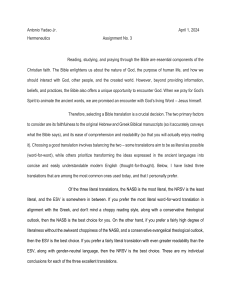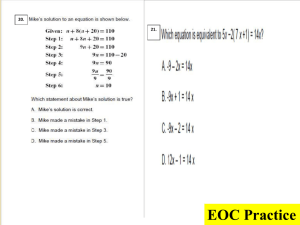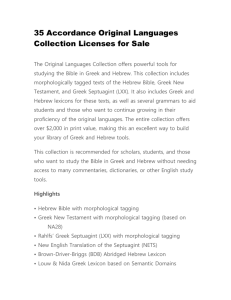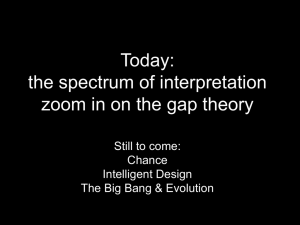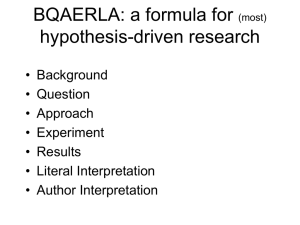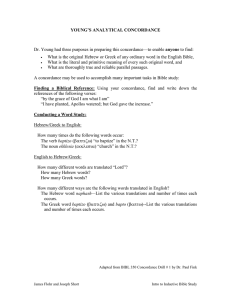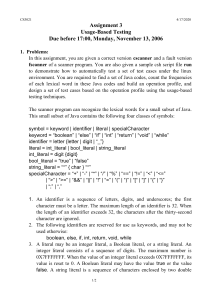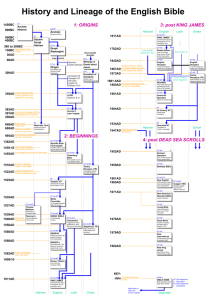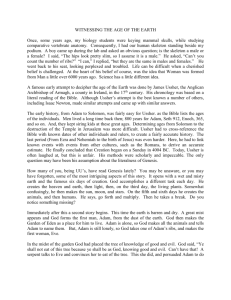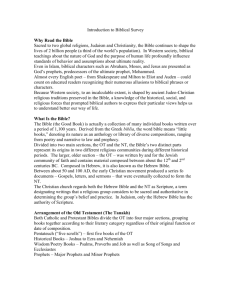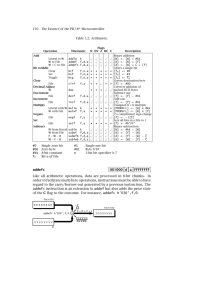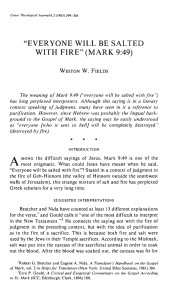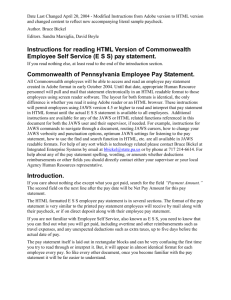Bible Translation and the Myth of “Literal Accuracy”
advertisement
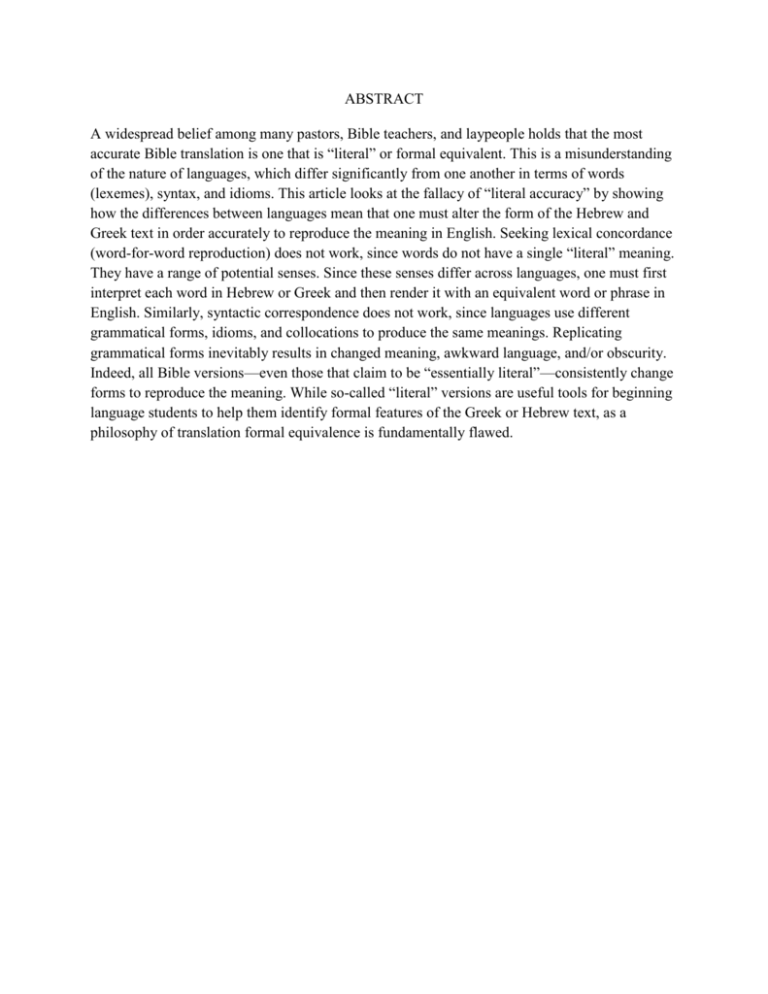
ABSTRACT A widespread belief among many pastors, Bible teachers, and laypeople holds that the most accurate Bible translation is one that is “literal” or formal equivalent. This is a misunderstanding of the nature of languages, which differ significantly from one another in terms of words (lexemes), syntax, and idioms. This article looks at the fallacy of “literal accuracy” by showing how the differences between languages mean that one must alter the form of the Hebrew and Greek text in order accurately to reproduce the meaning in English. Seeking lexical concordance (word-for-word reproduction) does not work, since words do not have a single “literal” meaning. They have a range of potential senses. Since these senses differ across languages, one must first interpret each word in Hebrew or Greek and then render it with an equivalent word or phrase in English. Similarly, syntactic correspondence does not work, since languages use different grammatical forms, idioms, and collocations to produce the same meanings. Replicating grammatical forms inevitably results in changed meaning, awkward language, and/or obscurity. Indeed, all Bible versions—even those that claim to be “essentially literal”—consistently change forms to reproduce the meaning. While so-called “literal” versions are useful tools for beginning language students to help them identify formal features of the Greek or Hebrew text, as a philosophy of translation formal equivalence is fundamentally flawed.
